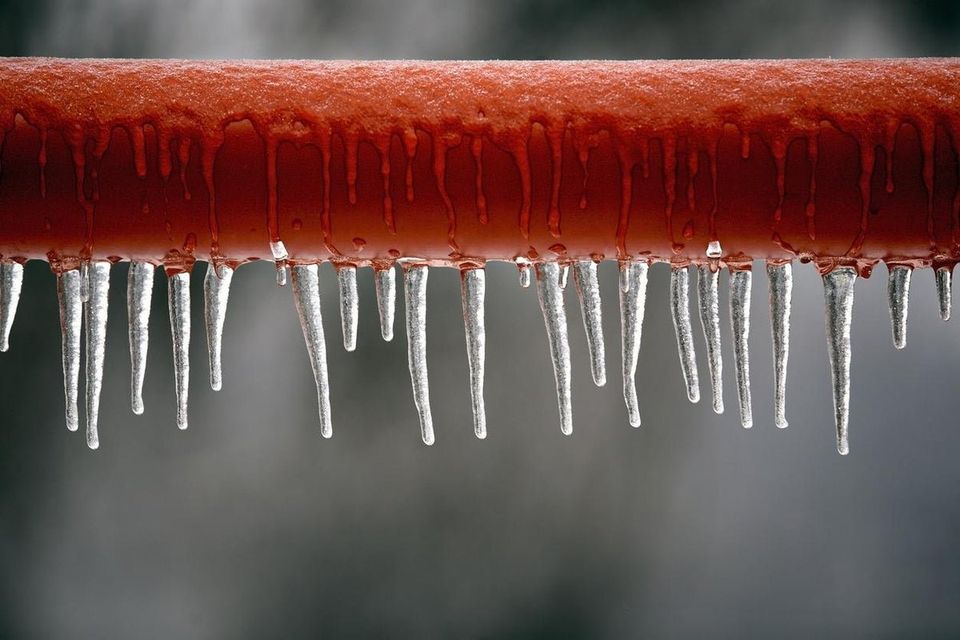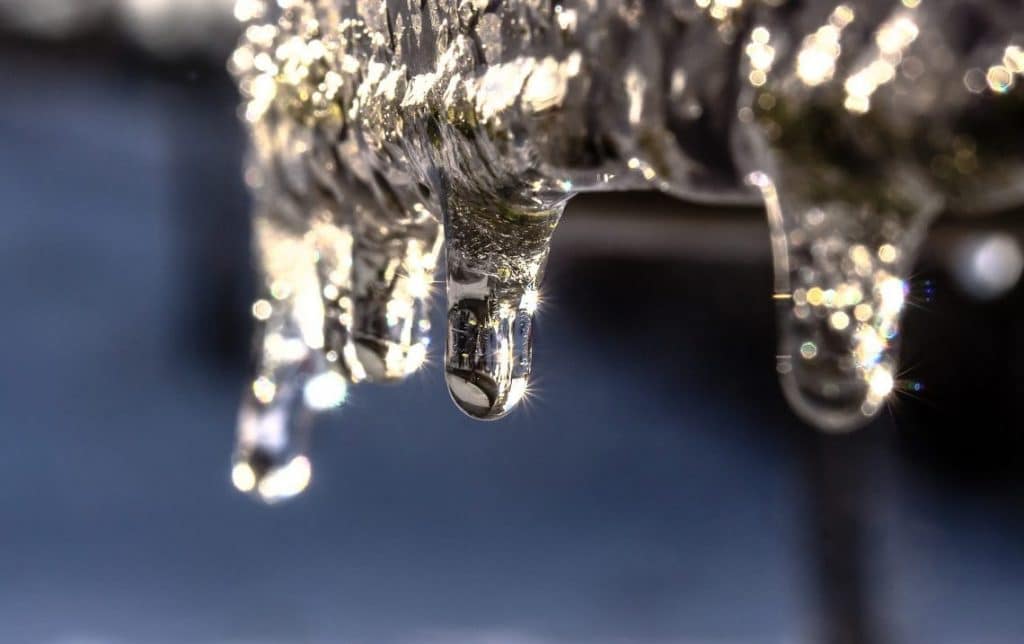Safeguarding Your Pipes from Cold Weather Damage: Key Approaches
Safeguarding Your Pipes from Cold Weather Damage: Key Approaches
Blog Article
Do you find yourself in search of advise on 6 Ways to Prevent Frozen Pipes?

Cold weather can wreak havoc on your pipes, especially by freezing pipes. Below's how to stop it from happening and what to do if it does.
Introduction
As temperature levels decrease, the risk of icy pipes increases, potentially causing expensive repairs and water damage. Recognizing how to avoid icy pipes is vital for homeowners in chilly environments.
Understanding Frozen Pipelines
What triggers pipelines to ice up?
Pipes ice up when exposed to temperature levels below 32 ° F (0 ° C) for extended periods. As water inside the pipelines ices up, it expands, putting pressure on the pipeline wall surfaces and potentially causing them to burst.
Risks and damages
Icy pipes can lead to water system disruptions, building damage, and pricey repair services. Ruptured pipelines can flooding homes and create considerable architectural damage.
Indications of Frozen Pipeline
Determining frozen pipes early can stop them from rupturing.
How to recognize frozen pipes
Seek lowered water flow from taps, uncommon odors or sounds from pipelines, and noticeable frost on revealed pipes.
Prevention Tips
Protecting at risk pipelines
Wrap pipelines in insulation sleeves or use warmth tape to shield them from freezing temperature levels. Focus on pipelines in unheated or exterior locations of the home.
Heating methods
Keep indoor spaces effectively heated up, particularly locations with plumbing. Open cabinet doors to permit warm air to circulate around pipelines under sinks.
Shielding Outside Plumbing
Garden pipes and outdoor faucets
Disconnect and drain pipes yard hose pipes before winter. Set up frost-proof spigots or cover exterior faucets with insulated caps.
What to Do If Your Pipelines Freeze
Immediate activities to take
If you think icy pipes, maintain taps open to relieve stress as the ice melts. Make use of a hairdryer or towels taken in warm water to thaw pipes gradually.
Long-Term Solutions
Architectural changes
Think about rerouting pipes away from exterior walls or unheated areas. Include extra insulation to attics, cellars, and crawl spaces.
Updating insulation
Buy high-grade insulation for pipelines, attics, and walls. Correct insulation aids preserve regular temperature levels and decreases the danger of icy pipes.
Verdict
Preventing icy pipelines requires positive steps and fast responses. By understanding the causes, indicators, and preventive measures, property owners can secure their pipes during winter.
5 Ways to Prevent Frozen Pipes
Drain Outdoor Faucets and Disconnect Hoses
First, close the shut-off valve that controls the flow of water in the pipe to your outdoor faucet. Then, head outside to disconnect and drain your hose and open the outdoor faucet to allow the water to completely drain out of the line. Turn off the faucet when done. Finally, head back to the shut-off valve and drain the remaining water inside the pipe into a bucket or container. Additionally, if you have a home irrigation system, you should consider hiring an expert to clear the system of water each year.
Insulate Pipes
One of the best and most cost-effective methods for preventing frozen water pipes is to wrap your pipes with insulation. This is especially important for areas in your home that aren’t exposed to heat, such as an attic. We suggest using foam sleeves, which can typically be found at your local hardware store.
Keep Heat Running at 65
Your pipes are located inside your walls, and the temperature there is much colder than the rest of the house. To prevent your pipes from freezing, The Insurance Information Institute suggests that you keep your home heated to at least 65 degrees, even when traveling. You may want to invest in smart devices that can keep an eye on the temperature in your home while you’re away.
Leave Water Dripping
Moving water — even a small trickle — can prevent ice from forming inside your pipes. When freezing temps are imminent, start a drip of water from all faucets that serve exposed pipes. Leaving a few faucets running will also help relieve pressure inside the pipes and help prevent a rupture if the water inside freezes.
Open Cupboard Doors
Warm your kitchen and bathroom pipes by opening cupboards and vanities. You should also leave your interior doors ajar to help warm air circulate evenly throughout your home.

I was introduced to that report on Preventing and dealing with frozen pipes through a pal on a different site. Do you know about another individual who is interested by the subject? Be sure share it. Thank you for going through it.
Quote & Schedule Report this page